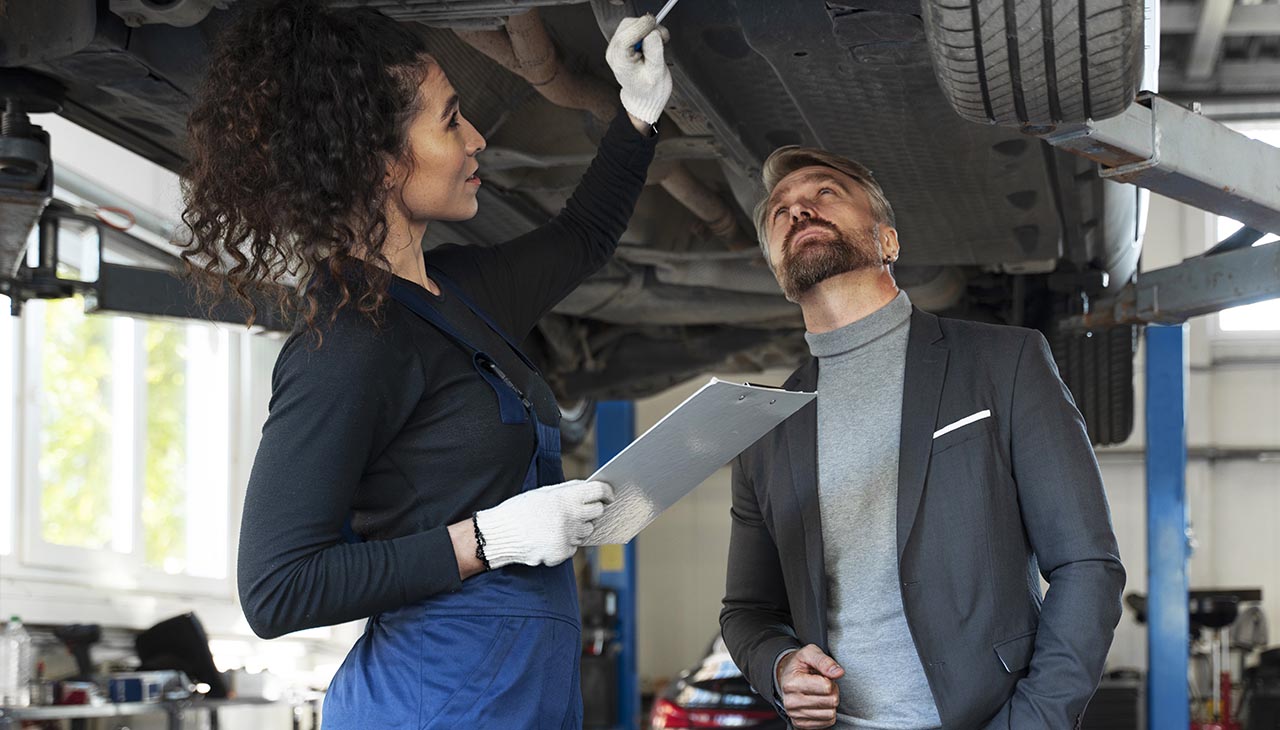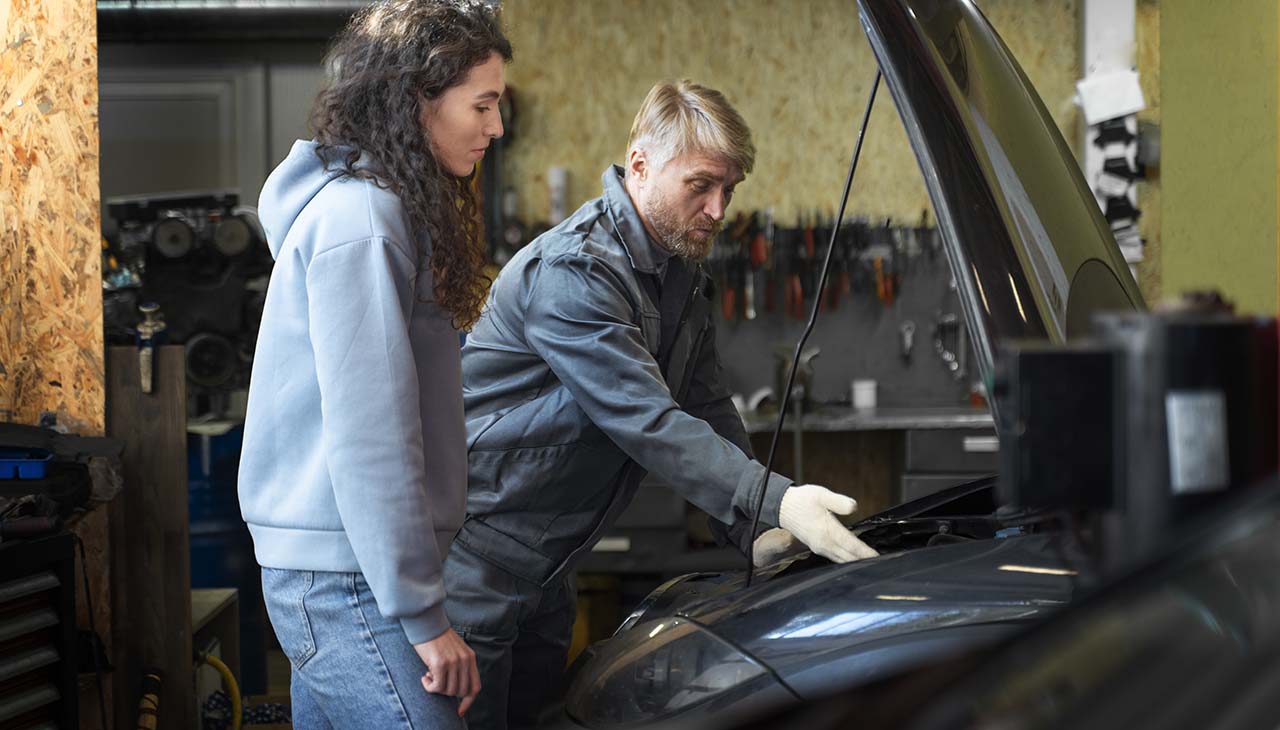
A Shining New Section: Installing and Replacing Volkswagen Auto Body Parts
For the committed Volkswagen aficionado, keeping your cherished vehicle in top form is about more than just routine maintenance. It’s meticulous care and passion for the distinctive aesthetic and performance that makes a Volkswagen truly a Volkswagen. Alongside regular tune-ups and engine checks, autos with some history on their odometers may require swapping out components to retain that classic look or offer a personalized touch. When it’s time to swap out auto body parts, the process can seem daunting, but with a steady hand and the right guidance, you can restore or upgrade your Volkswagen with a professional-level touch.
The Anatomy of Your Volkswagen: Common Body Parts That Need Your Attention
Before you get under the hood, you must familiarize yourself with the elements that make the exterior instantly recognizable. The most common auto body parts that Volkswagen owners might need to replace or enhance include:
- Bumpers: Often the first line of defense, bumpers protect your vehicle in low-speed collisions, and their appearance contributes significantly to the car’s overall look.
- Fenders: Located above the wheels, fenders shield your Volkswagen’s frame from debris and keep the wheel well clean, affecting aerodynamics and fuel efficiency.
- Side Mirrors: Vital for visibility and safety, side mirrors need replacement when they’re cracked, scratched, or malfunctioning.
- Grilles: More than a design feature, the grille plays a role in engine cooling and protection from road debris.
Each of these components is essential for both safety and aesthetic appeal. Knowing when and how to replace or upgrade them will keep your Volkswagen looking sharp and running smooth.
The Craft of Replacing Auto Body Parts in Your Volkswagen
Now that you’re acquainted with the key components, it’s time to roll up your sleeves and tackle the task at hand. Replacing auto body parts can be a rewarding project and often much more economical than dealership prices. We’ll go through the manual steps for replacing each of the common parts, so take a deep breath, acquire the right tools, and let’s begin.
Bumpers
If your Volkswagen’s bumper is damaged or you’re considering an upgrade for style or performance, follow these steps:
Step 1: Safety Precautions and Preparation
Before you touch anything, safety is paramount. Ensure the vehicle is on level ground, disconnect the battery, and set aside a block of time where you won’t be rushed.
Step 2: Removing the Old Bumper
Start by removing the bumper cover, which is the plastic outer, and detach any accessories such as fog lights or parking sensors. Once the cover is off, you can access the nuts and bolts that secure the actual bumper to the frame.
Step 3: Installation of New Bumper
Fit the new bumper onto the frame, securing it with the same fasteners. Then, reattach any accessories, and finally, affix the bumper cover to complete the job.
Fenders
Damaged or eroded fenders not only detract from your car’s appeal but also leave vital components unprotected. Replacing a fender involves a few intricate steps:
Step 1: Accessing the Fender
Begin by removing the fender liner to uncover the bolts securing the fender to the body of the car. You may also need to detach the hood to gain the necessary clearance to extract and fit the new fender.
Step 2: Old Fender Removal
Unscrew the bolts from the old fender and carefully separate it from the vehicle, ensuring no surrounding components are affected.
Step 3: New Fender Installation
Place the new fender in position and secure it evenly with the appropriate torque. Ensure it lines up precisely with the hood and front bumper for a professional finish.
Side Mirrors
A broken side mirror is not only an unsightly blemish but can also be an inconvenience and a safety hazard. Swapping out a side mirror is a more straightforward process:
Step 1: Mirror Access
The interior panel of the door may need to be removed to access the mirror’s anchoring nuts and electrical wiring.
Step 2: Old Mirror Removal
Unscrew the fasteners that hold the mirror in place and gently unclip the electrical connectors before completely removing the broken mirror.
Step 3: New Mirror Installation
Connect the new mirror’s electrical components, and then align the new mirror to affix it to the door, being careful to not overtighten and damage the vehicle’s paint.
Grilles
An upgraded or replaced grille can breathe new life into your Volkswagen’s appearance. The process might involve:
Step 1: Disassembly
Depending on the model, you may need to remove the bumper and headlight assemblies for access.
Step 2: Old Grille Removal
The grille is typically secured with clips or screws, which must be released to take out the old grille.
Step 3: New Grille Installation
Place the new grille into the cutout with the clips aligned, press securely until they click into place, and then reassemble the surrounding components.
Navigating the Maze of Parts Quality and Sources
Selecting the right body part for your Volkswagen is as crucial as the installation process. High-quality OEM (Original Equipment Manufacturer) parts are always a safe bet, but aftermarket options can present compelling alternatives. When choosing parts, consider:
- OEM Parts vs. Aftermarket Parts: OEM parts guarantee a perfect fit and similar quality to the parts your vehicle came with. Aftermarket parts may offer a wider range of options and sometimes better durability.
- Condition and Warranty: Ensure the parts come with a warranty and inspect them for any defects or damage before installation.
- Compatibility: Always double-check the compatibility of the part with your specific Volkswagen model and year.
DIY or Not DIY? Knowing When to Bring in the Professionals
While many replacements are doable for the DIY enthusiast, some jobs require specialized tools, expertise, and safety measures that might be beyond the scope of a home garage. Here are a few guidelines to help you decide:
- Experience: If you’re comfortable with basic auto repairs and have some experience, you can manage most body part replacements.
- Complexity: Tasks that involve structural elements of the car, extensive disassembly, painting, or part-specific electronics should be left to professionals.
- Time and Tools: Consider whether you have the necessary tools, space, and time to commit to the project without pressure.
The Volkswagen Difference: Genuine Parts vs. The Rest
When available, choosing genuine Volkswagen parts offers several advantages, including:
- Quality Assurance: These parts are engineered to strict specifications by Volkswagen to ensure performance and vehicle integrity.
- Factory Fit: They guarantee a perfect fit, simplifying the installation process and ensuring the vehicle maintains its resale value.
Warranty Consideration: If your car is under warranty, using genuine parts helps keep the warranty valid for related issues.
